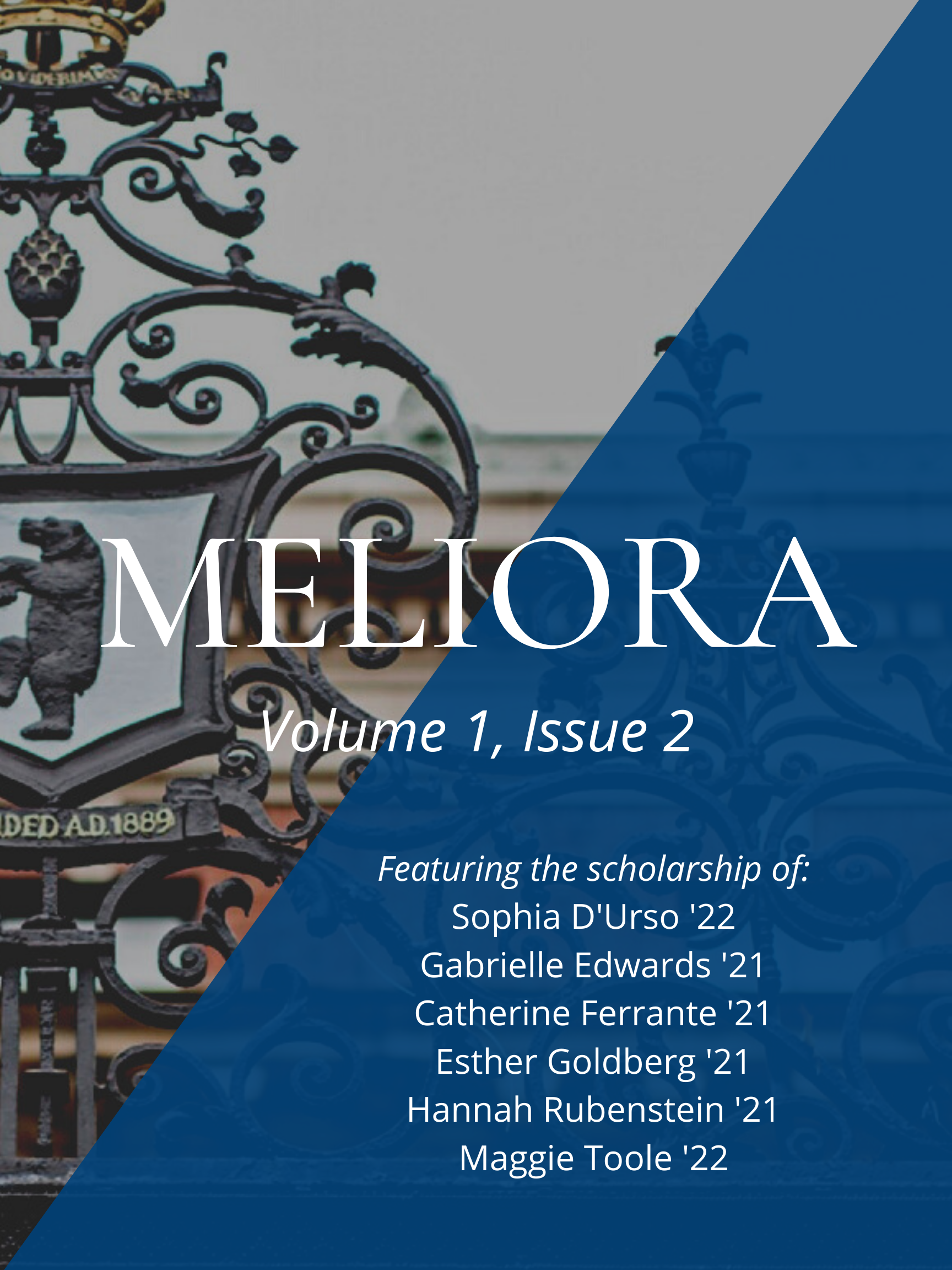Abstract
Since its earliest performances, The Merchant of Venice garnered attention for its depiction of Shylock, the greedy Jewish moneylender who takes the protagonist of the play to court, demanding a pound of flesh. Over the centuries, depictions of this character have varied as much as the critical and popular reception to him. In the hands of each actor who newly embodies the character, Shylock can take the shape of a grotesque antisemitic caricature or a sympathetic anti-hero speaking truth to power. While Shylock began as a comic villain whose defeat allows the comedic resolution, almost all modern directors, actors, and audiences are forced to reckon with the cruel antisemitism voiced by the play’s protagonists. In tracing the performance history of this character from the turn of the 17th century, to the Third Reich, to his most recent incarnations, this research resists reducing Shylock to any single interpretation. Instead, this essay argues that Shylock serves as a reflection of the place and time in which he is performed, both an indicator of cultural attitudes and a potential instigator of cultural action towards oppression, justice, and representation of those deemed outsiders.

This work is licensed under a Creative Commons Attribution 4.0 International License.
Copyright (c) 2022 Hannah Rubenstein

